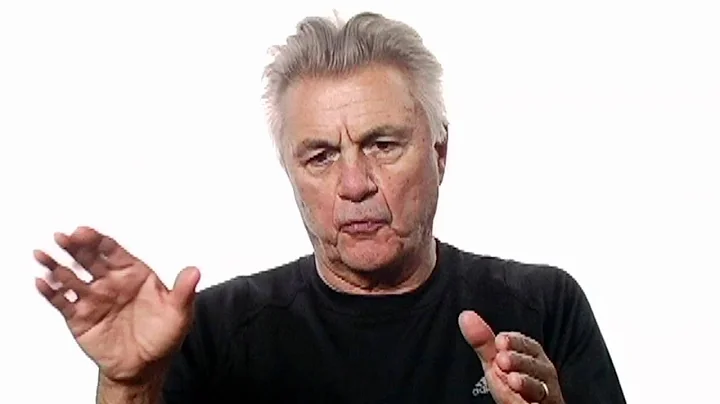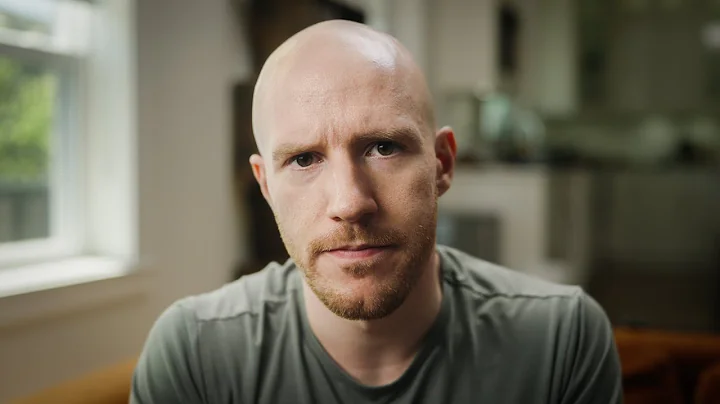Recently, Marvel seems to have made the MCU ahead of its competitor DC by using the culture of Central American in Black Panther 2, at the content level by retaining ethnic cultural diversity.

In the trailer of "Black Panther 2", Embaku, who became an ally of Wakanda , told Wakanda that the people of Taroken do not call Namo a general or king, but call him Kukanda, also known as The Feathered Serpent.


1500 years ago, the ancestors of the Maya people in Yugatun worshiped the God of Feathers, and Kukulkan was one of the incarnations of the God of Feathers. According to relevant cultural research, the feathered snake god is considered to be the god who controls wind, rain, storm and life.
Foreign media SR speculates that the reason why the people of Taloken call Namo Kukurkan is probably because of his unique and special birth background and his extraordinary power. It can be seen in the trailer of
that his most iconic feature is the wings on his ankle, which may be the main reason for connecting Namo to Kukulkan. Although ankle-long wings are not a characteristic of Kukulkan, and this shape does not refer to the documentary records of the Feathered Snake God, it is very likely that it was Namo's wings that appeared on his ankle, which made the people of Taroken recognize him as sent by the gods, or the reincarnation of Kukulkan, and regard the ruler as the incarnation of God. At the same time, you will find that its design is also consistent with the image of the feathered snake god "g Chalkoater " in Aztec myth .

In the past, it has been mentioned in Black Panther that the leopard god Buster helped create the world's first Black Panther. With the character of Black Panther connected with Buster, foreign media SR speculated that Marvel might think that explaining Namo's power as also from the gods can perfectly explain why he is the world's first mutant, and implying that Namo has existed for a long time.

Because the faith of the Snake God is part of many ancient civilizations and religions in Central America, fans are also happy to see the cultural diversity given to this character by Marvel. On Twitter, many people shared their knowledge of Central American culture and were delighted to portray a culture that was closely related to the audience. 



![On Writing: Subtext (and how to use it)! [ Tarantino | Thrones | Gatsby ] - DayDayNews](https://i.ytimg.com/vi/58FyvzttlIg/hq720.jpg?sqp=-oaymwEcCNAFEJQDSFXyq4qpAw4IARUAAIhCGAFwAcABBg==&rs=AOn4CLBfOGnWnraSxYimgs9dAYyEcjATVg)







